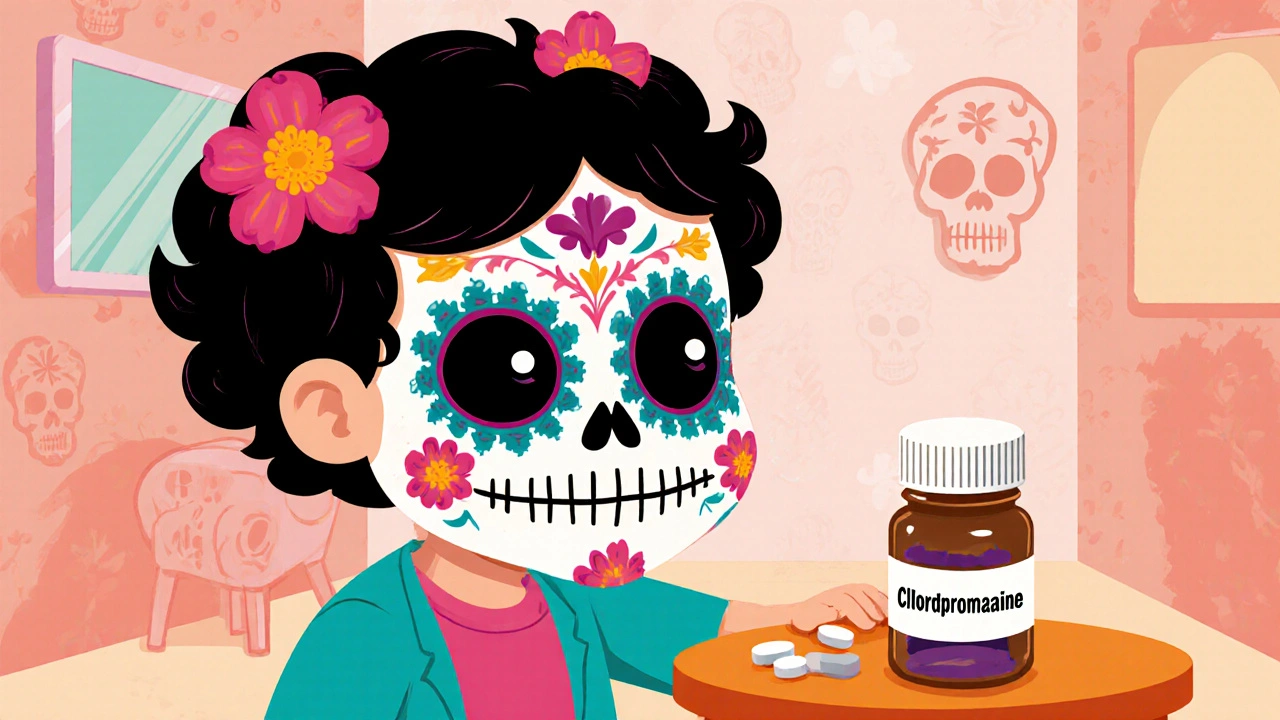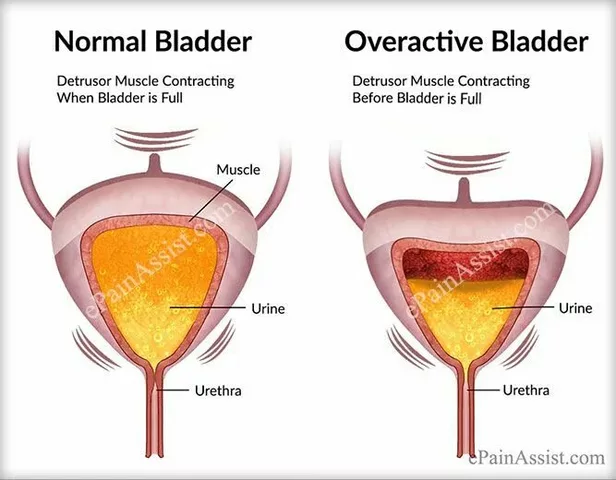Tourette's Medication Options: A Practical Overview
When navigating Tourette's medication options, the range of drugs and therapies aimed at reducing tics and improving daily life. Also known as Tourette meds, they combine pharmacology with behavioral strategies to address the disorder's complexity.
Core Drug Classes
The first major group you’ll encounter are antipsychotics, medications that block dopamine receptors to calm excessive neuronal firing behind tics. Classic examples like haloperidol and newer agents such as risperidone have proven efficacy, but they also bring risks like weight gain, sedation, and metabolic changes. Understanding dose‑response curves helps clinicians balance symptom relief with side‑effect management.
Another important class is alpha‑2 agonists, drugs that stimulate the brain's noradrenergic system to reduce tic severity and anxiety. Guanfacine and clonidine are the most common choices; they tend to cause less sedation than antipsychotics and can improve co‑existing ADHD symptoms. Monitoring blood pressure and heart rate is essential, especially in younger patients.
Beyond pills, behavioral therapy, structured, non‑pharmacologic programs designed to retrain the brain's response to urges plays a pivotal role. Techniques like Comprehensive Behavioral Intervention for Tics (CBIT) teach patients to recognize pre‑tic sensations and engage competing movements, leading to lasting reductions in tic frequency. Therapy often works best when paired with medication, creating a synergistic effect that tackles both the neurological and psychological dimensions of Tourette's.
These three pillars—antipsychotics, alpha‑2 agonists, and behavioral therapy—are interlinked. Antipsychotics address dopamine‑driven hyperactivity, alpha‑2 agonists modulate noradrenergic tone, and behavioral therapy reinforces self‑control mechanisms. Together they form a comprehensive treatment plan that can be tailored to each individual's symptom profile, age, and lifestyle.
In the collection below you’ll find detailed guides on specific drugs, dosage tips, safety monitoring, and real‑world advice for combining therapies. Whether you’re starting a new prescription, evaluating side effects, or exploring non‑drug options, these resources aim to give you clear, actionable information to manage Tourette's effectively. Let’s dive into the specifics and help you choose the right path forward.

Learn how chlorpromazine works for Tourette's syndrome, its dosage, effectiveness, side effects, and how it compares to other tic‑treating meds.
Chris Gore Oct 22, 2025




